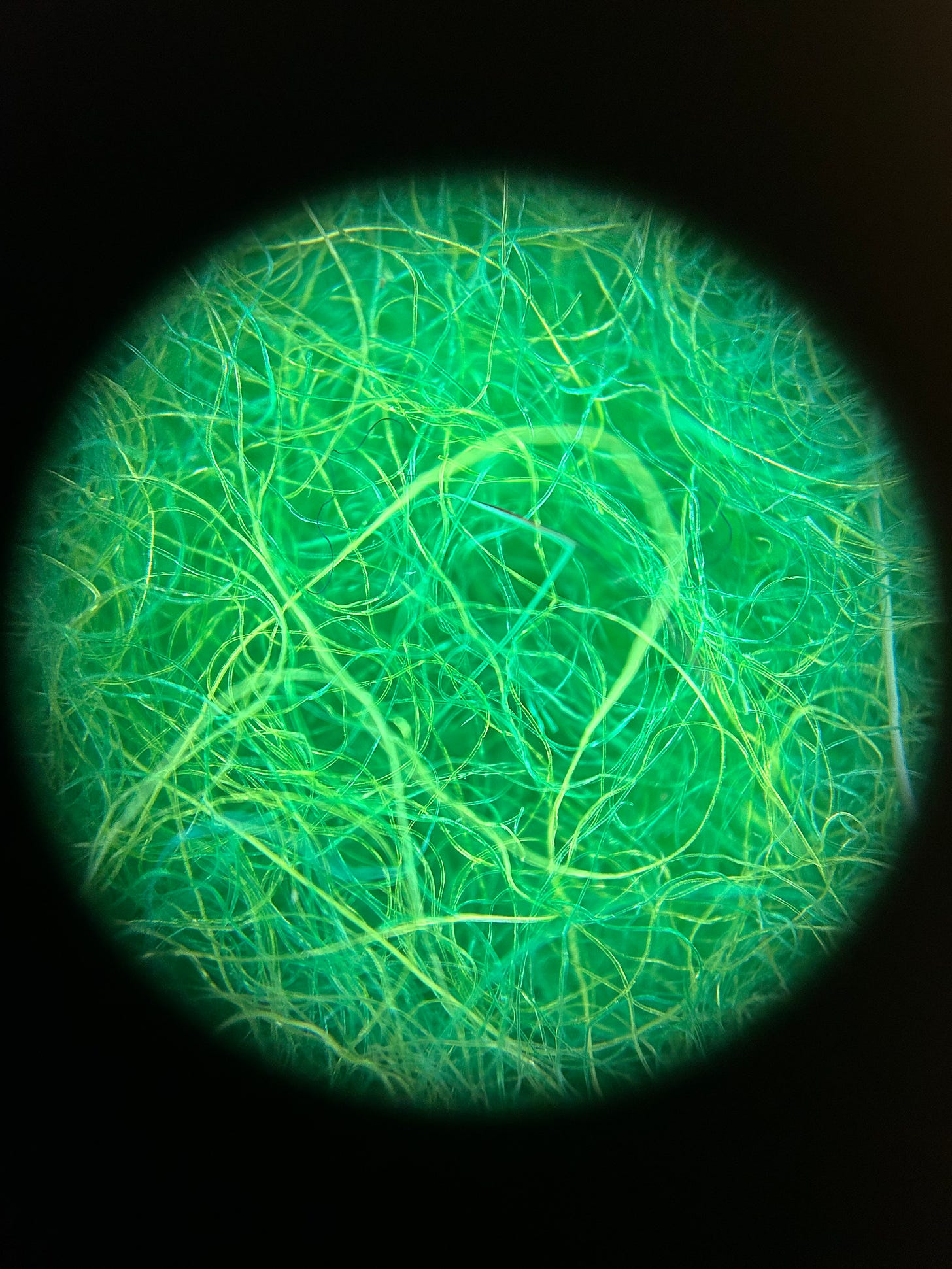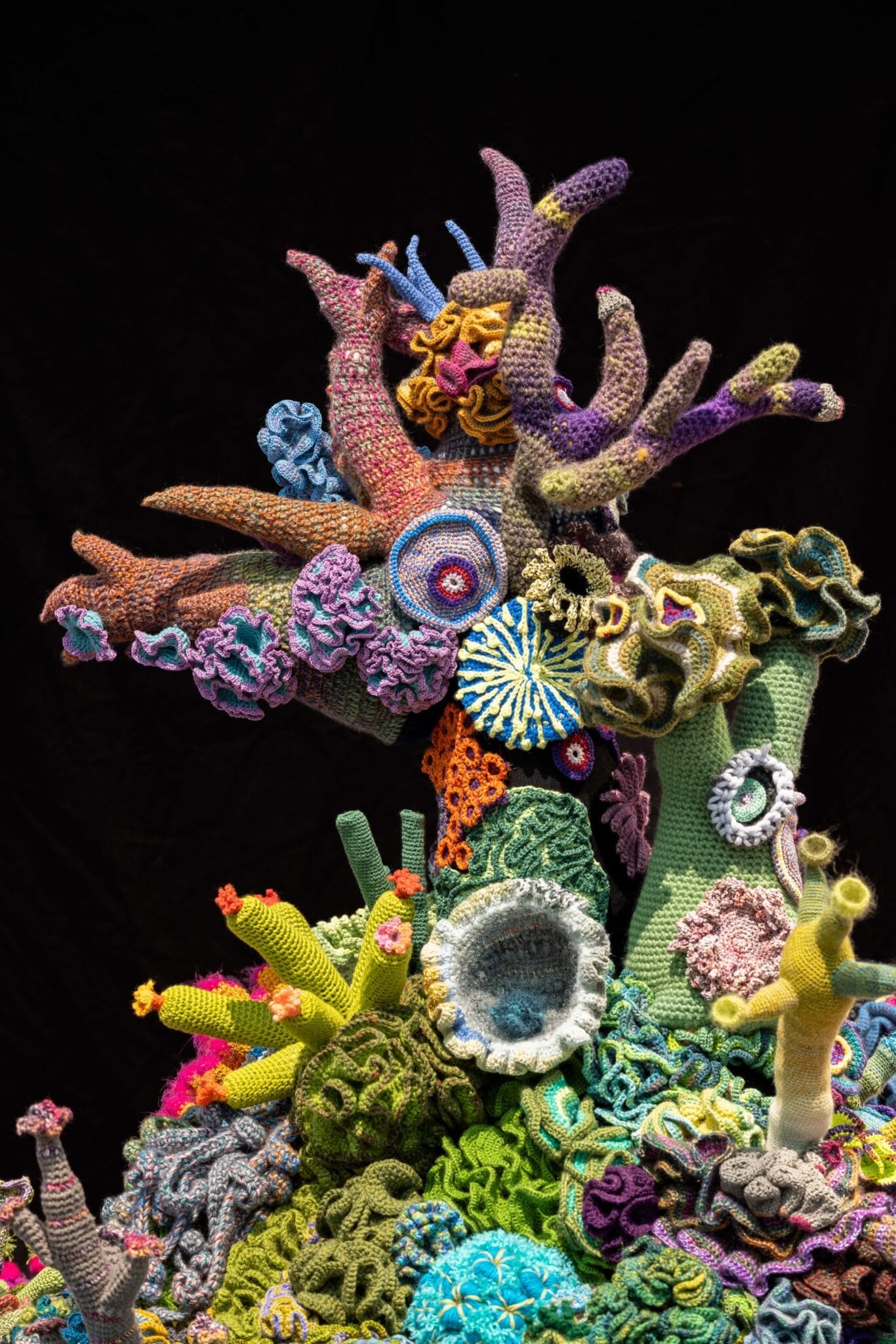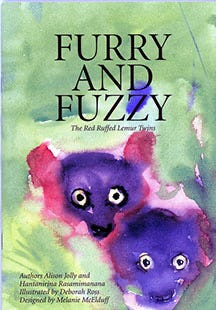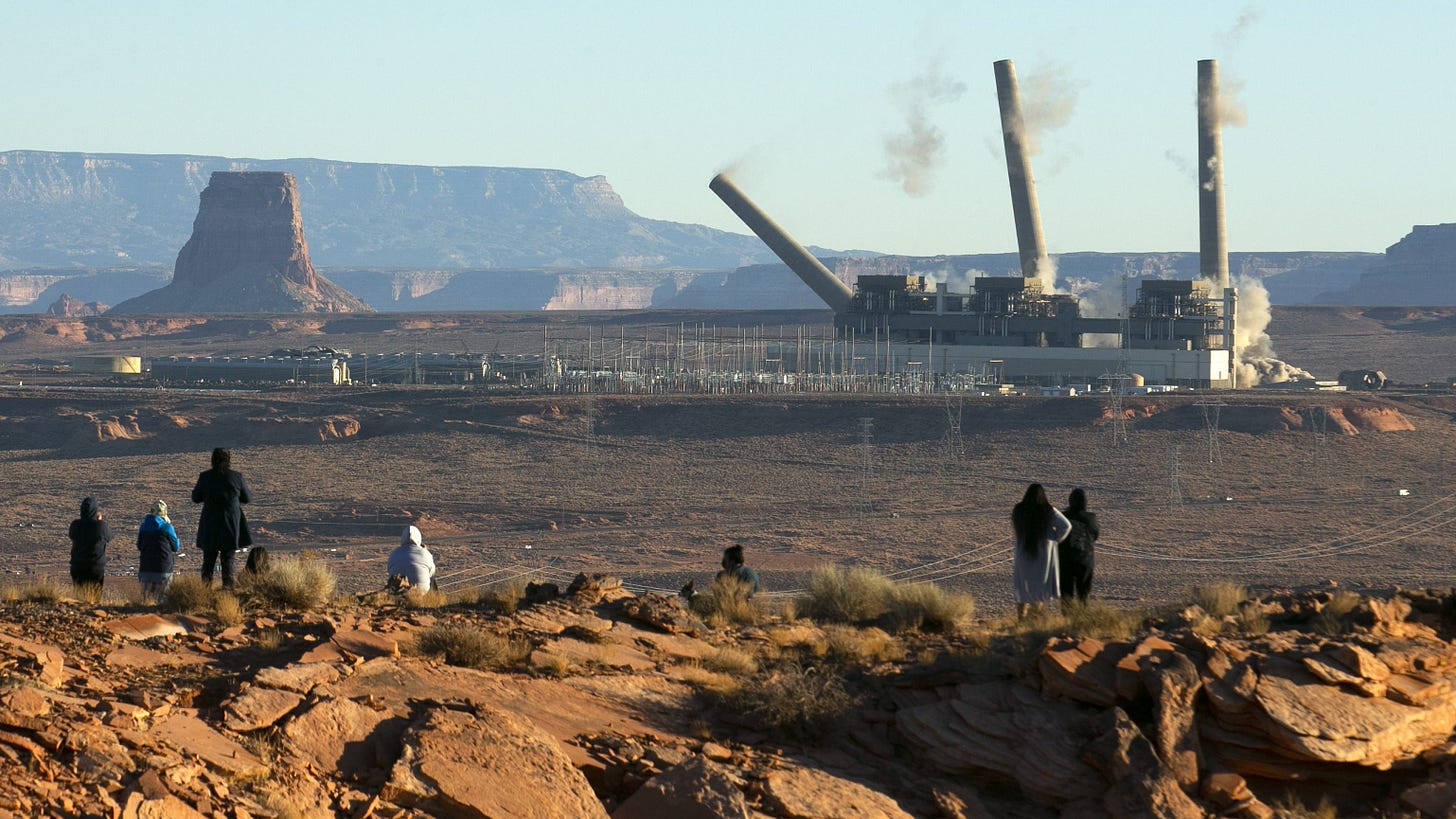Last week in reflection on Poetics of Place workshop six of eight, I wrote about the art of facilitating learning experiences between theory and practice. Striking the balance between the two, I’ve learned, is easier said than done. In my practice (and life), the scale sways and tips, swinging between the weight theoretical wondering and practical wandering. But with the help of my workshop participants, as well as the thinkers we engaged with in session six (Edouard Glissant, Rita Wong, and Fred Wah), I have had the chance to balance the scale — or, at least get it to swing back between sides in the context of a single two-hour session.
Today I’ll reflect on session number seven, the second to last session, which naturally follows the theme of Poetics of Relation: Sympoiesis. I’ll share a bit about what we learned on this theme and some thoughts on the unexpected, though welcome, rhythm this workshop has taken.

Sympoiesis
Sympoiesis first came to me in 2018 while reading Donna Haraway’s book Staying with the Trouble: Making Kin in the Chthulucene. At the time I was living in Hamtramck and working in Detroit, recently graduated from university and preparing my move to Toronto. Reading this book let me reflect on the activism I was a part of in Michigan and think about how the struggles for social justice connect to struggles for environmental justice. Haraway’s book is full of intense theoretical language (she likes to fabricate her own vocabulary between science and humanities) as well as rich real-life examples (drawn on her personal relationships and scholarship). Haraway connects social and environment justice more than rhetorically; the connection lives and breathes through the uncanny instances of more-than-human relationships that Haraway foregrounds throughout the book.
From the Ancient Greek for literally “together” (sym) and “making” (poiesis), chapter three of Staying with the Trouble focuses on the idea that we’re never truly do anything alone. Even (especially) in the act of surviving, a human body is aided by an ecosystem of others including bacteria in gut flora, soil microbes that filter rainwater, edible vegetable and animal proteins, carbohydrates, and fats. Not to mention sympoiesis between human beings.
In this chapter, Haraway picks up on the term coined by M. Beth Dempster in their 1998 graduate thesis “Sympoietic and Autopoietic Systems: A New Distinction for Self-Organizing Systems,” which itself responds to the theory of autopoiesis as developed by evolutionary biologist Lynn Margulis. Studying the characteristics of microbes, Margulis was one of the first in modern biology to suggest that symbiosis (collaboration between beings) plays an equally, if not more, important role as competition in evolution.
Through her lifetime of research and publication, Margulis extended the microscopic to the macrosystemic — relating the self-organizing heterogeneous system of a microbiote to the self-organizing system of Earth. The self-organizing condition that Margulis dubbed “autopoiesis” in Gaia Theory was taken up by Dempster and now Haraway in the term “sympoiesis” as to emphasize the collaborative nature of making and doing on a damaged planet.
Instances of sympoiesis that Haraway discusses in this chapter include:
Crochet Coral Reef: What the author describes as the worlds largest collaborative arts project, CCR was developed by siblings Christine Wertheim & Margaret Wertheim of the Institute For Figuring in response to the anthropocene’s destructive impacts on coral reefs, the most biodiverse marine ecosystem. Proposing a crochet pattern that uses the same hyperbolic geometry of coral, the duo solicited pieces from thousands of crafters the world over and assembled heterogenous reef systems made out of the diverse fibre sculptures. The project adopts an ethic of response-ability, which Haraway refers to as the “cultivation of collective knowing and doing,” that does not require physical proximity potentially damaging the reefs.
Ako Conservation Education Program: A project developed by illustrator Deborah Ross and lemur primatologist Dr. Alison Jolly, the bilingual (English and Malagasy) project spread awareness of the effects of habit loss and climate change on Madagascar’s wildlife. Taking an ecosystems approach that did not exclude the role of human and their wellbeing, and accounting for traditional Malagasy practices, the project led to the publication of six books and teaching guides for teachers and students around the world to cultivate a response-ability toward the island’s particularly unique and threatened ecosystem.
Black Mesa Navajo & Churro Sheep: Sympoietics takes the form of organizing against colonialism, fossil fuels, and nuclear weapons of the Navajo nation at Black Mesa in northeast Arizona. The largest single coal deposit in the United States, Black Mesa sits at the crossroads of a complex history in which the United States federal government and fossil fuel industry colluded to displace an entire nation from their traditional territory onto nearby former nuclear bomb test sites. To do so, the US military killed thousands of Churro Sheep, kin of the Navajo who used this breed’s coarse wool for their distinctive woven textiles, which in themselves chart stories of creation and right relation. By struggling against their colonizers, the Navajo and their allies model a sympoietics between themselves, their sheep kin, and the ecosystems they call home.
Last year Toronto-based visual artist Eunice Luk invited me to write the exhibition text for her exhibition “Sympoiesis” at YYZ Artists’ Outlet. In direct reference to Haraway’s theory, Eunice’s hybrid ceramic-botanical critters provide another example of making and living well on a damaged planet. You may view more of Eunice’s work and my essay here!
Rhythm
When I planned this iteration of Poetics of Place in December 2024, I had envisioned each 2-hour session following a similar rhythm: equal parts presentation, group discussion, and creative writing exercises. What I realized slowly over this process is that, despite my appetite for a consistent structure, each session takes its own shape. Some sessions will be rounded out by lengthy conversation and sharing, while others will be more dedicated to the kind of attention lent toward a presentation. In any case, I’ve had to become sensitive to what participants want to do on a particular day and how I can help guide the workshop to best explore the week’s theme.
A new pattern has naturally emerged over the course of the past two months: rather than the structure I had envisioned involving self-contained thematic sessions each distinct from the rest, we’ve ended each session with the activity prompt and left time between each session to flesh out the response. This means that we’ve opened sessions by sharing responses to the previous week’s exercise, blurring the lines between each week in a way that feels fluid and organic. I’ve found that this rhythm allows participants more time to work on writing while tying each session more closely together. What emerged from a lack of time to share in one session has led us to fall into a new beneficial rhythm that I only could have learned in the experience of facilitating this workshop.
This week we’re ending the eight week-long workshop series on the theme of Poetic Cosmologies through the writing of poet and literary theorist Ada Smailbegovic. Stay tuned for next week’s dispatch to read more : )






